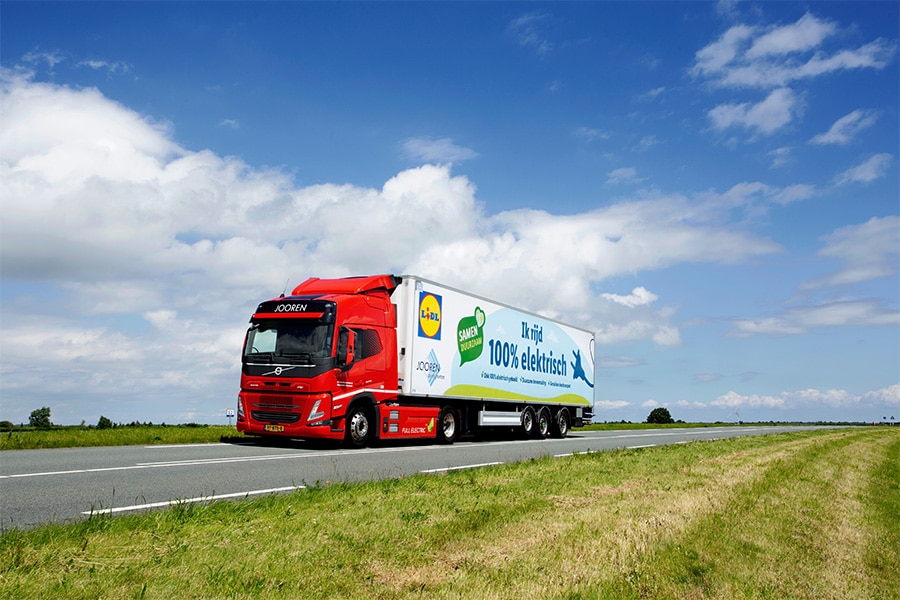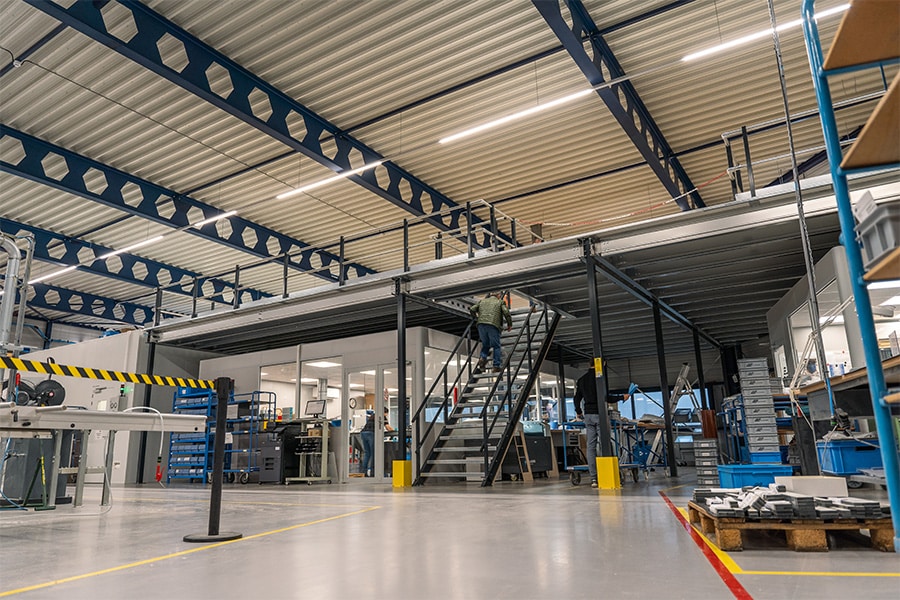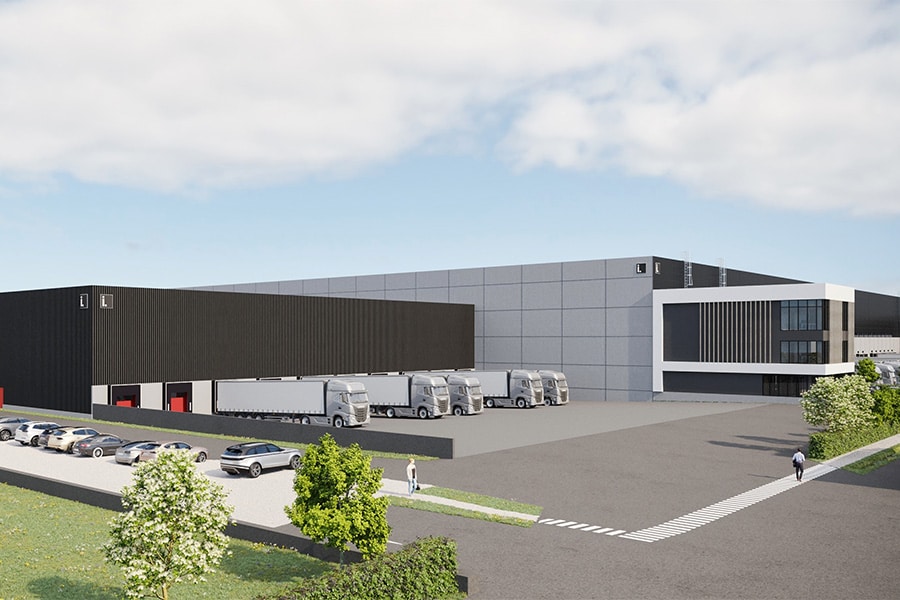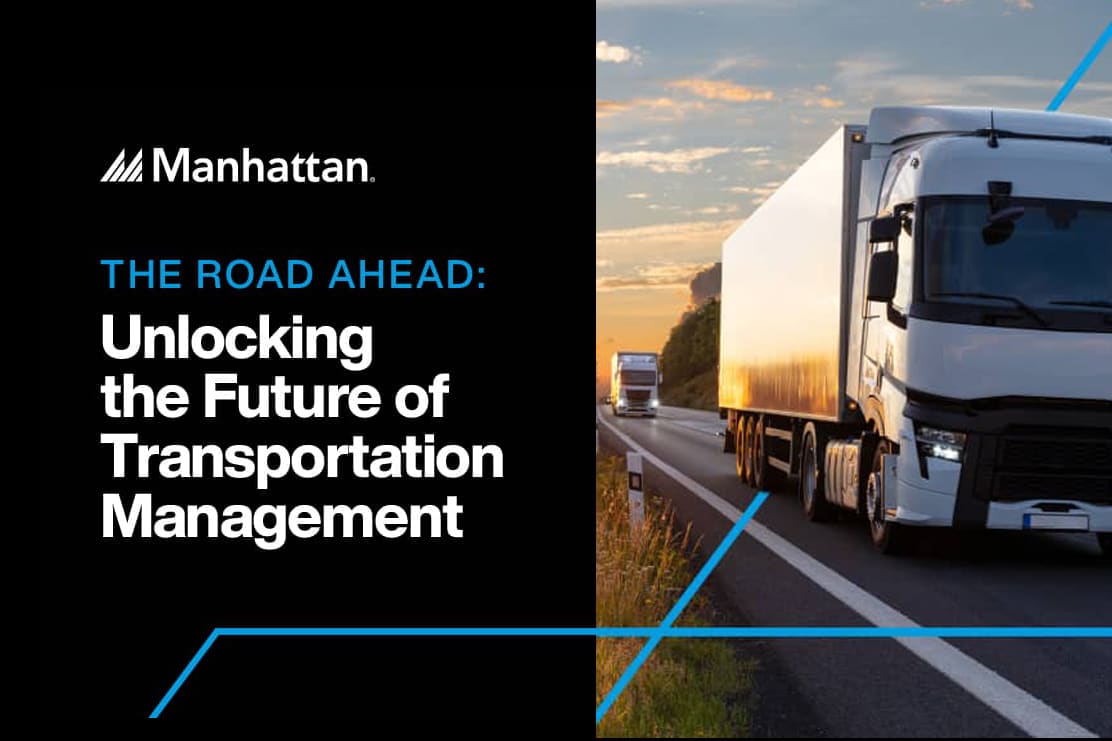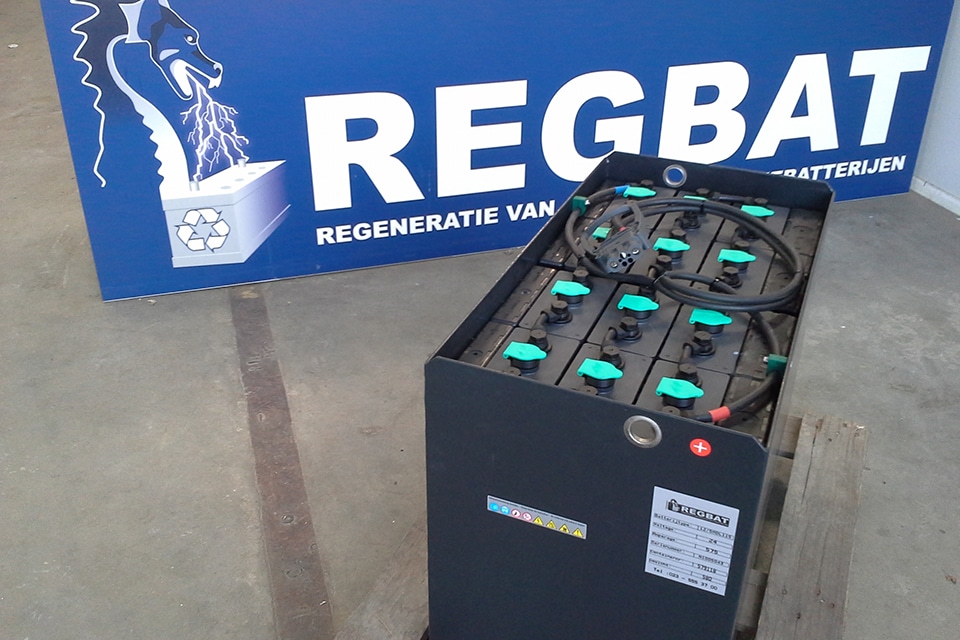
Regeneration of traction batteries
'Cost-saving and environmentally friendly'
In the logistics world, traction batteries are indispensable. From electric forklifts and pallet trucks to aerial work platforms and cleaning machines, they all run on traction batteries. Is there a problem with such a battery? Then a new one is often purchased right away. But that is far from always necessary, Regbat offers a sustainable and cost-saving alternative: regeneration.

Theo de Wit, owner of Regbat, talks enthusiastically about his company: "We have been supplying batteries and accumulators since 2011. Both new and used, but with regeneration we distinguish ourselves from other traditional providers. We are based in Hoofddorp and have built up a large customer base. That's why we opened a second branch in Helmond six years ago. Meanwhile, we receive traction batteries from all over the Netherlands asking if we can regenerate them. Logical, because regenerating a traction battery is environmentally friendly and saves you a lot of money."
A concrete contribution to the circular economy
A traction battery is expensive. "When the battery loses capacity, we see that the choice is often made to buy a new battery. But with many batteries, you can recover lost capacity through regeneration. Regeneration extends the life of your traction batteries and they also use less energy. After regeneration, the battery uses 10 to 15 percent less power while charging."
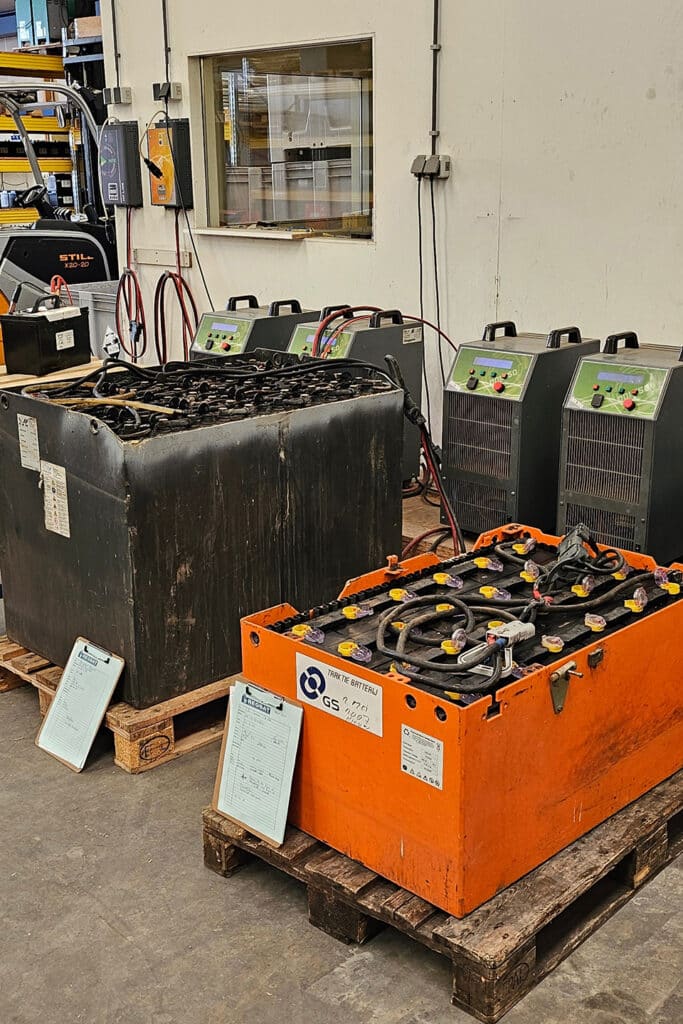
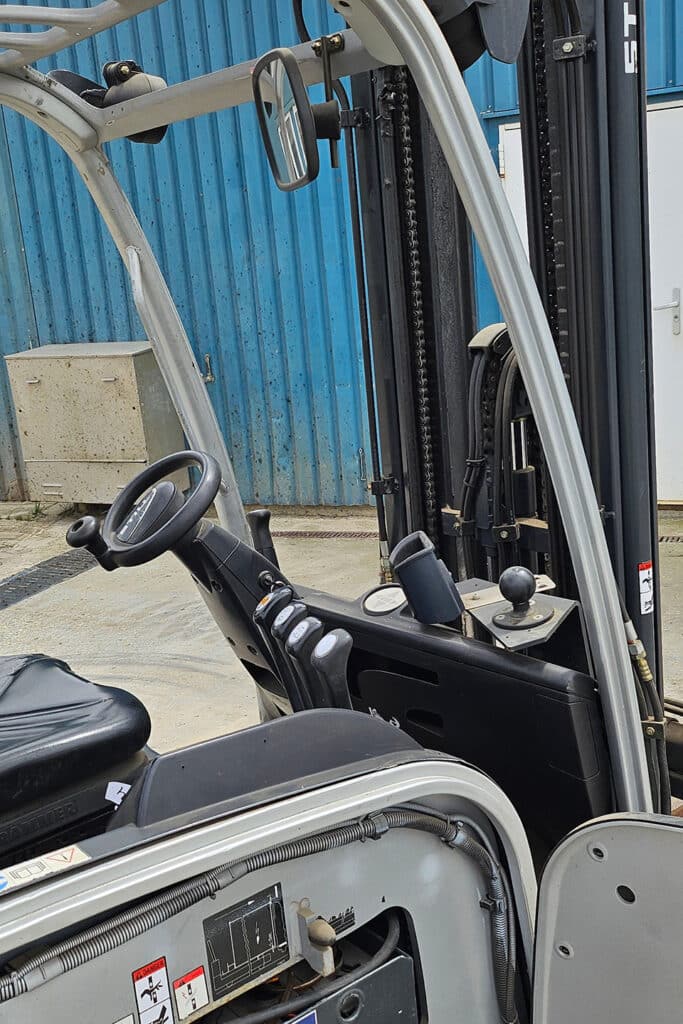
A major theme in the industry has been and continues to be sustainability. More and more companies must meet circular goals. "Many companies provide advice on this, but we have a concrete application. Batteries and traction batteries are expensive and environmentally damaging. But with regeneration you give them a longer or second life: that's good for the environment and the wallet," De Wit states. "This way, companies can take concrete steps to meet their circular goals and obligations."
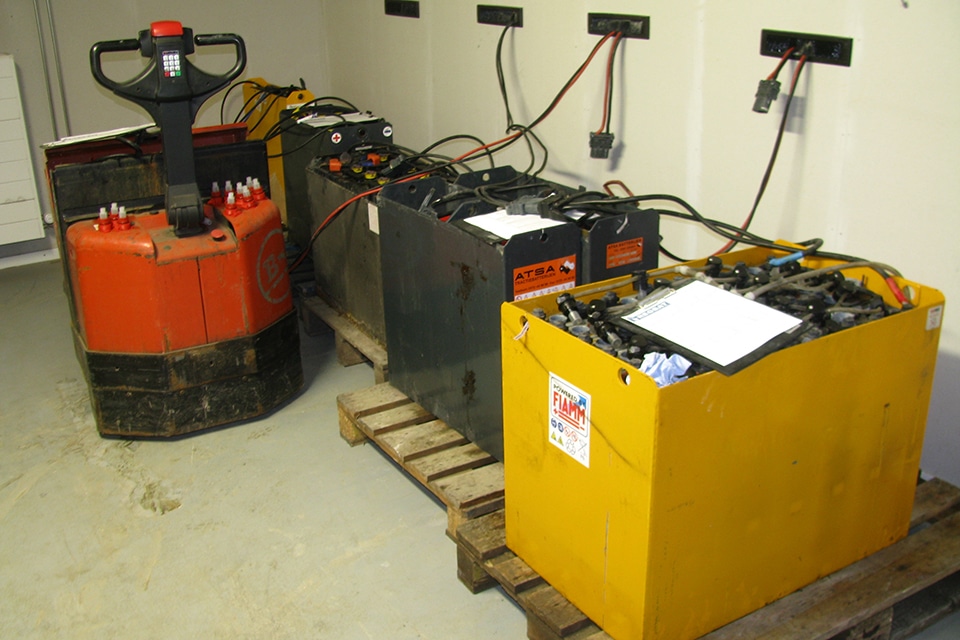
"In addition, regenerating a battery is 70 percent cheaper than buying a new battery. In addition, all of our customers receive a warranty on the end result. We test the capacity after regeneration and know that the battery is demonstrably better, so we guarantee that."
The approach: no cure, no pay
Regbat works according to the no cure, no pay principle. De Wit explains, "Customers always ask in advance, 'how good will regeneration make our battery?' Understandable, because that is important for their decision. But we can't look inside the battery either. Therefore, when a traction battery comes to us, we first start with testing. Based on that, we know how much of the lost capacity we can recover. Sometimes the battery also just runs out or there is some other problem. We are honest about that. We give the customer sound advice and if no regeneration follows, the battery is returned free of charge. We cover the cost of such a test."
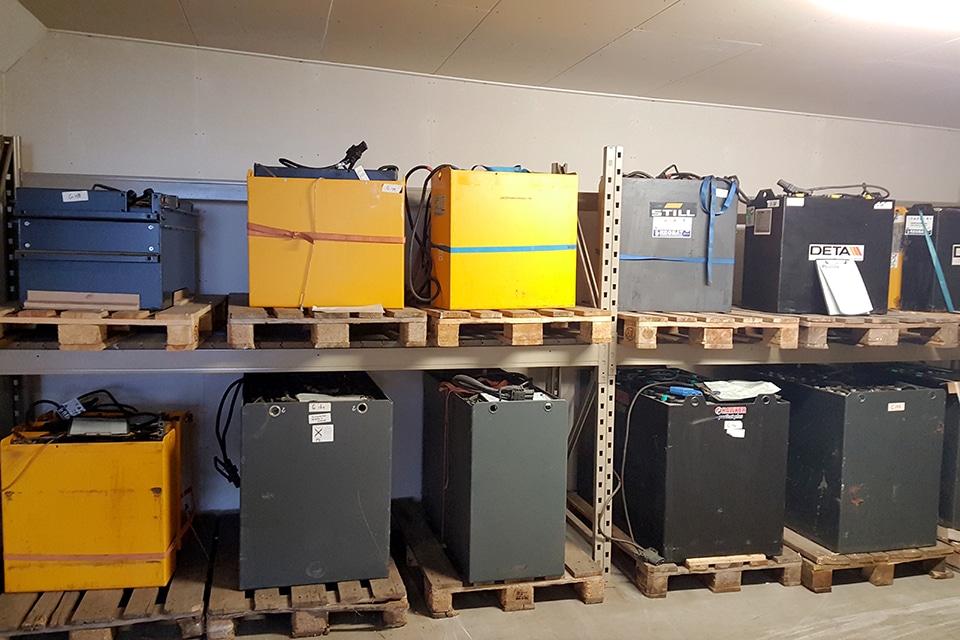
"Can we do improve capacity? Then we engage in regeneration. We remove lead sulfate from the lead plates during the process, which restores capacity. The battery goes 1 to 3 days on the regeneration machine, which we built according to our own patent. After the treatment, the battery is tested twice. We can show the customer with the test results how many amp-hours the battery delivers again. The end result? A battery with renewed capacity, which the customer can use again for years to come."
Energy Storage
Recently, Regbat has also entered another line of business: environmentally friendly and cost-effective energy storage solutions. For example, through LFP Batteries, they supply batteries and inverters for energy storage. "Individuals and companies with solar panels often produce too much power during the day, which they can use again in the evening, for example," explains de Wit. "Companies can thus store their excess energy produced in a battery, to use it again later. And we do all this full-service. We provide systems for mobile solutions, residential, business and industry from 500 watts to 1.5 megawatts or more. Together we go for environmentally friendly cost savings."
